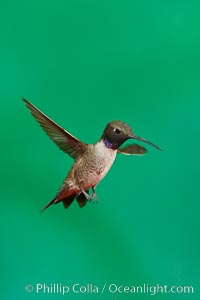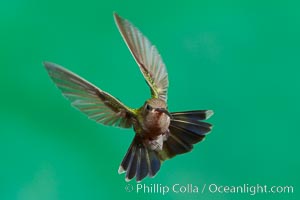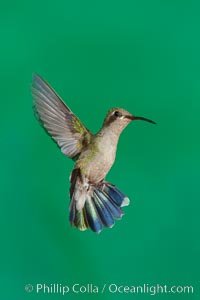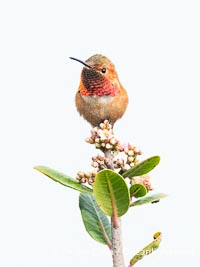
Rufous Hummingbird Brilliant Gorget Display While Perched, Coast Walk, La Jolla.
Species: Rufous Hummingbird, Selasphorus rufus
Location: La Jolla, California
Image ID: 40260
Species: Rufous Hummingbird, Selasphorus rufus
Location: La Jolla, California
Image ID: 40260
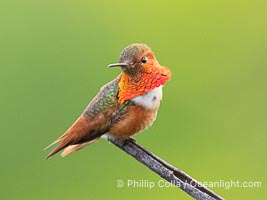
Allen's Hummingbird, Selasphorus sasin, La Jolla.
Species: Allens Hummingbird, Selasphorus sasin
Location: La Jolla, California
Image ID: 40309
Species: Allens Hummingbird, Selasphorus sasin
Location: La Jolla, California
Image ID: 40309
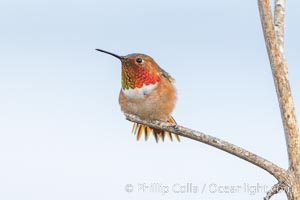
Allen's hummingbird, adult male, Selasphorus sasin, La Jolla.
Species: Allens Hummingbird, Selasphorus sasin
Location: La Jolla, California
Image ID: 37653
Species: Allens Hummingbird, Selasphorus sasin
Location: La Jolla, California
Image ID: 37653
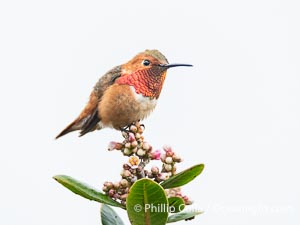
Rufous Hummingbird Brilliant Gorget Display While Perched, Coast Walk, La Jolla.
Species: Rufous Hummingbird, Selasphorus rufus
Location: La Jolla, California
Image ID: 40264
Species: Rufous Hummingbird, Selasphorus rufus
Location: La Jolla, California
Image ID: 40264

Rufous Hummingbird with Open Beak Perched on Branch, Coast Walk, La Jolla.
Species: Rufous Hummingbird, Selasphorus rufus
Location: La Jolla, California
Image ID: 40266
Species: Rufous Hummingbird, Selasphorus rufus
Location: La Jolla, California
Image ID: 40266
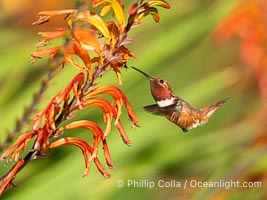
Allen's Hummingbird in flight feeding, Selasphorus sasin, La Jolla.
Species: Allens Hummingbird, Selasphorus sasin
Location: La Jolla, California
Image ID: 40310
Species: Allens Hummingbird, Selasphorus sasin
Location: La Jolla, California
Image ID: 40310
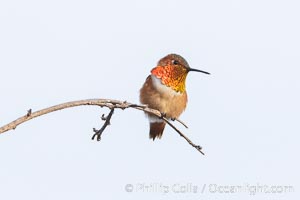
Allen's hummingbird, adult male, Selasphorus sasin, La Jolla.
Species: Allens Hummingbird, Selasphorus sasin
Location: La Jolla, California
Image ID: 37654
Species: Allens Hummingbird, Selasphorus sasin
Location: La Jolla, California
Image ID: 37654
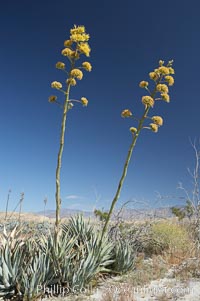
Desert agave, also known as the Century Plant, blooms in spring in Anza-Borrego Desert State Park. Desert agave is the only agave species to be found on the rocky slopes and flats bordering the Coachella Valley. It occurs over a wide range of elevations from 500 to over 4,000. It is called century plant in reference to the amount of time it takes it to bloom. This can be anywhere from 5 to 20 years. They send up towering flower stalks that can approach 15 feet in height. Sending up this tremendous display attracts a variety of pollinators including bats, hummingbirds, bees, moths and other insects and nectar-eating birds.
Species: Desert agave, Agave deserti
Image ID: 11550
Species: Desert agave, Agave deserti
Image ID: 11550
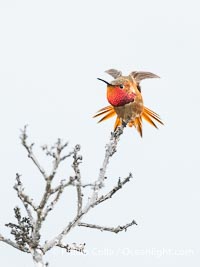
Rufous Hummingbird Brilliant Gorget Display While Perched, Coast Walk, La Jolla.
Species: Rufous Hummingbird, Selasphorus rufus
Location: La Jolla, California
Image ID: 40263
Species: Rufous Hummingbird, Selasphorus rufus
Location: La Jolla, California
Image ID: 40263
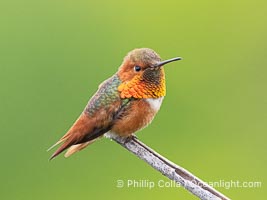
Allen's Hummingbird, Selasphorus sasin, La Jolla.
Species: Allens Hummingbird, Selasphorus sasin
Location: La Jolla, California
Image ID: 40311
Species: Allens Hummingbird, Selasphorus sasin
Location: La Jolla, California
Image ID: 40311

Some Kind of Hummingbird.
Image ID: 36831
Image ID: 36831
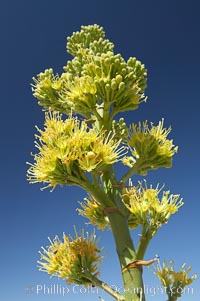
Desert agave, also known as the Century Plant, blooms in spring in Anza-Borrego Desert State Park. Desert agave is the only agave species to be found on the rocky slopes and flats bordering the Coachella Valley. It occurs over a wide range of elevations from 500 to over 4,000. It is called century plant in reference to the amount of time it takes it to bloom. This can be anywhere from 5 to 20 years. They send up towering flower stalks that can approach 15 feet in height. Sending up this tremendous display attracts a variety of pollinators including bats, hummingbirds, bees, moths and other insects and nectar-eating birds.
Species: Desert agave, Agave deserti
Image ID: 11551
Species: Desert agave, Agave deserti
Image ID: 11551
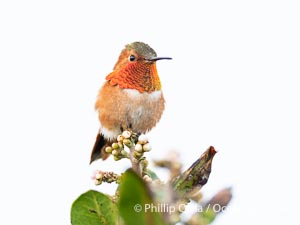
Rufous Hummingbird Brilliant Gorget Display While Perched, Coast Walk, La Jolla.
Species: Rufous Hummingbird, Selasphorus rufus
Location: La Jolla, California
Image ID: 40261
Species: Rufous Hummingbird, Selasphorus rufus
Location: La Jolla, California
Image ID: 40261
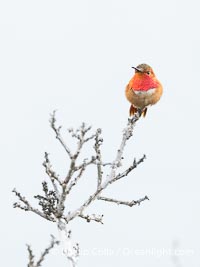
Rufous Hummingbird Brilliant Gorget Display While Perched, Coast Walk, La Jolla.
Species: Rufous Hummingbird, Selasphorus rufus
Location: La Jolla, California
Image ID: 40262
Species: Rufous Hummingbird, Selasphorus rufus
Location: La Jolla, California
Image ID: 40262

Rufous Hummingbird Brilliant Gorget Display While Perched, Coast Walk, La Jolla.
Species: Rufous Hummingbird, Selasphorus rufus
Location: La Jolla, California
Image ID: 40265
Species: Rufous Hummingbird, Selasphorus rufus
Location: La Jolla, California
Image ID: 40265
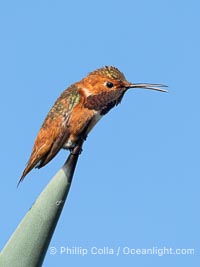
Allen's Hummingbird, Selasphorus sasin, La Jolla.
Species: Allens Hummingbird, Selasphorus sasin
Location: La Jolla, California
Image ID: 40314
Species: Allens Hummingbird, Selasphorus sasin
Location: La Jolla, California
Image ID: 40314
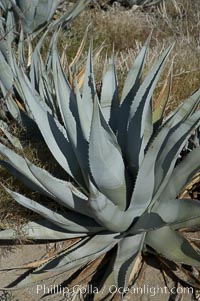
Desert agave, also known as the Century Plant, blooms in spring in Anza-Borrego Desert State Park. Desert agave is the only agave species to be found on the rocky slopes and flats bordering the Coachella Valley. It occurs over a wide range of elevations from 500 to over 4,000. It is called century plant in reference to the amount of time it takes it to bloom. This can be anywhere from 5 to 20 years. They send up towering flower stalks that can approach 15 feet in height. Sending up this tremendous display attracts a variety of pollinators including bats, hummingbirds, bees, moths and other insects and nectar-eating birds.
Species: Desert agave, Agave deserti
Image ID: 11552
Species: Desert agave, Agave deserti
Image ID: 11552
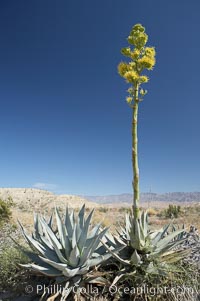
Desert agave, also known as the Century Plant, blooms in spring in Anza-Borrego Desert State Park. Desert agave is the only agave species to be found on the rocky slopes and flats bordering the Coachella Valley. It occurs over a wide range of elevations from 500 to over 4,000. It is called century plant in reference to the amount of time it takes it to bloom. This can be anywhere from 5 to 20 years. They send up towering flower stalks that can approach 15 feet in height. Sending up this tremendous display attracts a variety of pollinators including bats, hummingbirds, bees, moths and other insects and nectar-eating birds.
Species: Desert agave, Agave deserti
Image ID: 11553
Species: Desert agave, Agave deserti
Image ID: 11553
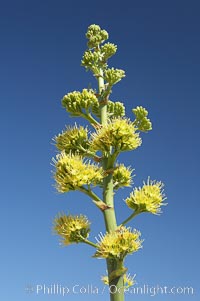
Desert agave, also known as the Century Plant, blooms in spring in Anza-Borrego Desert State Park. Desert agave is the only agave species to be found on the rocky slopes and flats bordering the Coachella Valley. It occurs over a wide range of elevations from 500 to over 4,000. It is called century plant in reference to the amount of time it takes it to bloom. This can be anywhere from 5 to 20 years. They send up towering flower stalks that can approach 15 feet in height. Sending up this tremendous display attracts a variety of pollinators including bats, hummingbirds, bees, moths and other insects and nectar-eating birds.
Species: Desert agave, Agave deserti
Image ID: 11554
Species: Desert agave, Agave deserti
Image ID: 11554
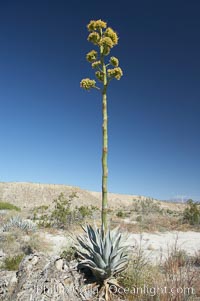
Desert agave, also known as the Century Plant, blooms in spring in Anza-Borrego Desert State Park. Desert agave is the only agave species to be found on the rocky slopes and flats bordering the Coachella Valley. It occurs over a wide range of elevations from 500 to over 4,000. It is called century plant in reference to the amount of time it takes it to bloom. This can be anywhere from 5 to 20 years. They send up towering flower stalks that can approach 15 feet in height. Sending up this tremendous display attracts a variety of pollinators including bats, hummingbirds, bees, moths and other insects and nectar-eating birds.
Species: Desert agave, Agave deserti
Image ID: 11555
Species: Desert agave, Agave deserti
Image ID: 11555
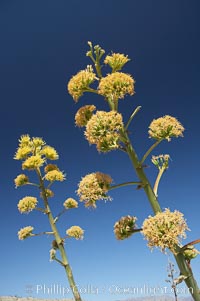
Desert agave, also known as the Century Plant, blooms in spring in Anza-Borrego Desert State Park. Desert agave is the only agave species to be found on the rocky slopes and flats bordering the Coachella Valley. It occurs over a wide range of elevations from 500 to over 4,000. It is called century plant in reference to the amount of time it takes it to bloom. This can be anywhere from 5 to 20 years. They send up towering flower stalks that can approach 15 feet in height. Sending up this tremendous display attracts a variety of pollinators including bats, hummingbirds, bees, moths and other insects and nectar-eating birds.
Species: Desert agave, Agave deserti
Image ID: 11556
Species: Desert agave, Agave deserti
Image ID: 11556
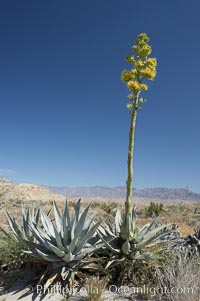
Desert agave, also known as the Century Plant, blooms in spring in Anza-Borrego Desert State Park. Desert agave is the only agave species to be found on the rocky slopes and flats bordering the Coachella Valley. It occurs over a wide range of elevations from 500 to over 4,000. It is called century plant in reference to the amount of time it takes it to bloom. This can be anywhere from 5 to 20 years. They send up towering flower stalks that can approach 15 feet in height. Sending up this tremendous display attracts a variety of pollinators including bats, hummingbirds, bees, moths and other insects and nectar-eating birds.
Species: Desert agave, Agave deserti
Image ID: 11557
Species: Desert agave, Agave deserti
Image ID: 11557
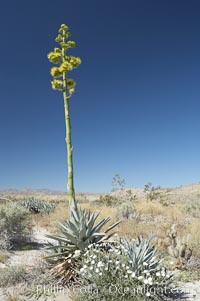
Desert agave, also known as the Century Plant, blooms in spring in Anza-Borrego Desert State Park. Desert agave is the only agave species to be found on the rocky slopes and flats bordering the Coachella Valley. It occurs over a wide range of elevations from 500 to over 4,000. It is called century plant in reference to the amount of time it takes it to bloom. This can be anywhere from 5 to 20 years. They send up towering flower stalks that can approach 15 feet in height. Sending up this tremendous display attracts a variety of pollinators including bats, hummingbirds, bees, moths and other insects and nectar-eating birds.
Species: Desert agave, Agave deserti
Image ID: 11558
Species: Desert agave, Agave deserti
Image ID: 11558
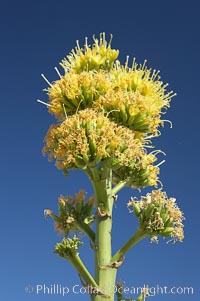
Desert agave, also known as the Century Plant, blooms in spring in Anza-Borrego Desert State Park. Desert agave is the only agave species to be found on the rocky slopes and flats bordering the Coachella Valley. It occurs over a wide range of elevations from 500 to over 4,000. It is called century plant in reference to the amount of time it takes it to bloom. This can be anywhere from 5 to 20 years. They send up towering flower stalks that can approach 15 feet in height. Sending up this tremendous display attracts a variety of pollinators including bats, hummingbirds, bees, moths and other insects and nectar-eating birds.
Species: Desert agave, Agave deserti
Image ID: 11559
Species: Desert agave, Agave deserti
Image ID: 11559
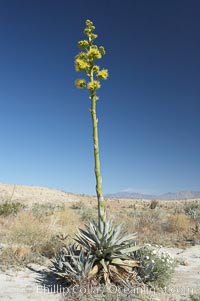
Desert agave, also known as the Century Plant, blooms in spring in Anza-Borrego Desert State Park. Desert agave is the only agave species to be found on the rocky slopes and flats bordering the Coachella Valley. It occurs over a wide range of elevations from 500 to over 4,000. It is called century plant in reference to the amount of time it takes it to bloom. This can be anywhere from 5 to 20 years. They send up towering flower stalks that can approach 15 feet in height. Sending up this tremendous display attracts a variety of pollinators including bats, hummingbirds, bees, moths and other insects and nectar-eating birds.
Species: Desert agave, Agave deserti
Image ID: 11560
Species: Desert agave, Agave deserti
Image ID: 11560
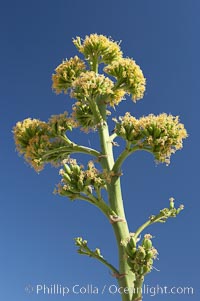
Desert agave, also known as the Century Plant, blooms in spring in Anza-Borrego Desert State Park. Desert agave is the only agave species to be found on the rocky slopes and flats bordering the Coachella Valley. It occurs over a wide range of elevations from 500 to over 4,000. It is called century plant in reference to the amount of time it takes it to bloom. This can be anywhere from 5 to 20 years. They send up towering flower stalks that can approach 15 feet in height. Sending up this tremendous display attracts a variety of pollinators including bats, hummingbirds, bees, moths and other insects and nectar-eating birds.
Species: Desert agave, Agave deserti
Image ID: 11561
Species: Desert agave, Agave deserti
Image ID: 11561
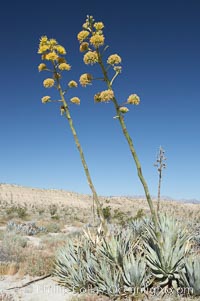
Desert agave, also known as the Century Plant, blooms in spring in Anza-Borrego Desert State Park. Desert agave is the only agave species to be found on the rocky slopes and flats bordering the Coachella Valley. It occurs over a wide range of elevations from 500 to over 4,000. It is called century plant in reference to the amount of time it takes it to bloom. This can be anywhere from 5 to 20 years. They send up towering flower stalks that can approach 15 feet in height. Sending up this tremendous display attracts a variety of pollinators including bats, hummingbirds, bees, moths and other insects and nectar-eating birds.
Species: Desert agave, Agave deserti
Image ID: 11562
Species: Desert agave, Agave deserti
Image ID: 11562
